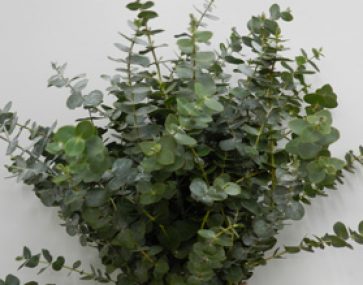Eucalypts
Did you know?
Eucalypts are between 35-50 million years old. Almost all are native to Australia but there a small number found in New Guinea and Indonesia. They were introduced by Australians to California in the California gold rush of the 1850’s and are now found in many parts of the world due to their ability to grow in arid climates with little water. They are considered a pest in areas such as California because of their dominance over native species and the increased threat of fire. Eucalypt wood is commonly used to make digeridoos. The trunk of the tree is hollowed out by termites, and then cut down if the bore is of the correct size and shape. An essential oil extracted from Eucalyptus leaves contains compounds that are powerful natural disinfectants and can be toxic in large quantities. Koalas and possums have developed a resistance to these toxins. Eucalypts are known as gum trees because of the sap they release from their trunks.
Types
There are around 700 species of Eucalypts. The most recognisable characteristic are the distinctive flowers and nuts. The flowers can be cream, white, yellow, pink or red. The coloured part of the flower is not a petal but a stamen which is enclosed in a cap. Flowering eucalypts are sold as Flowering gum, and are available September –February. Eucalypts are also sold for their foliage and nuts. The most common type of foliage is called Silver Dollar and is available all year round, it makes a excellent filler and is very long lasting. Eucalyptus Tetragona are a silvery gum with pronounced nuts, that is available most of the year.
Selection and Care
When selecting flowering gum look for Flowers that are ½ open and fluffy looking. Flowers will not last longer than 5 days, be careful as the flowers can be easily knocked off. Avoid Eucaplypts with yellow or rotting leaves. Cut a minimum of 2cm off the stem, strip the bottom leaves off, and put in cold water with a flower preservative. Add water as needed and keep cool.

